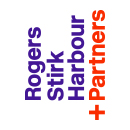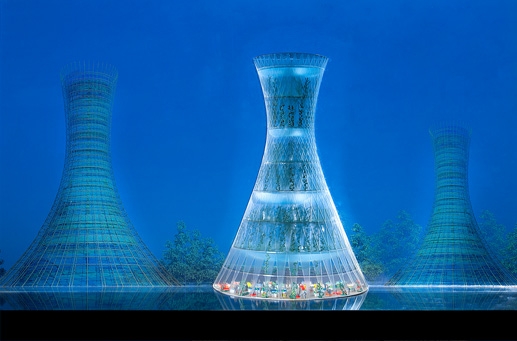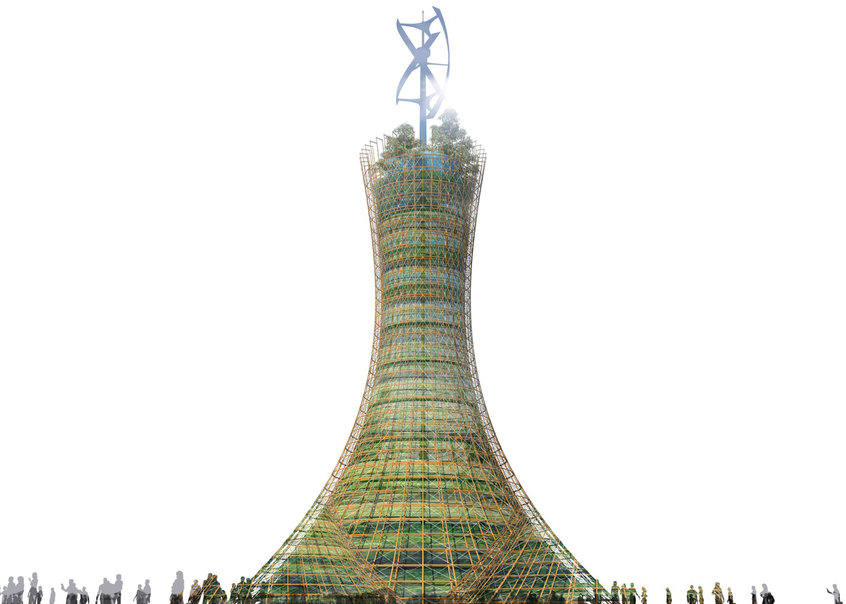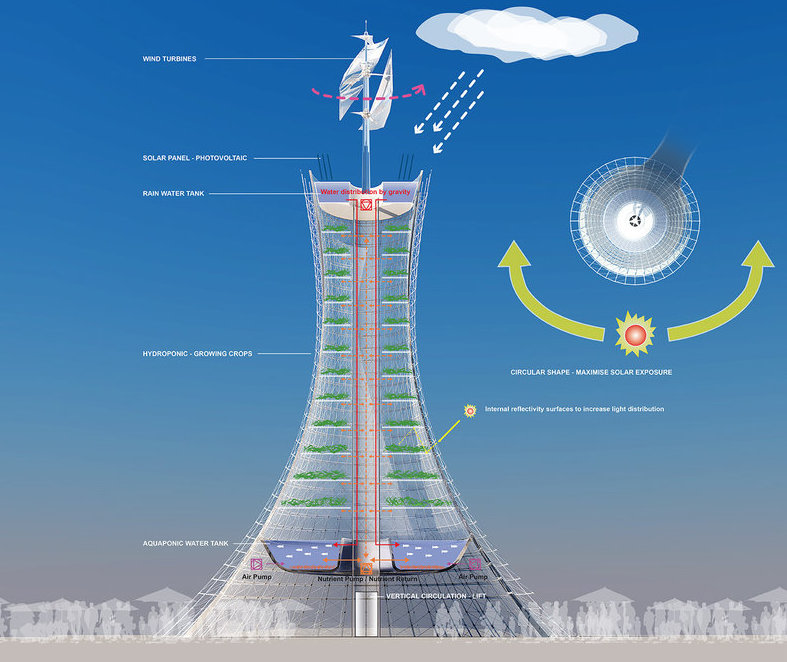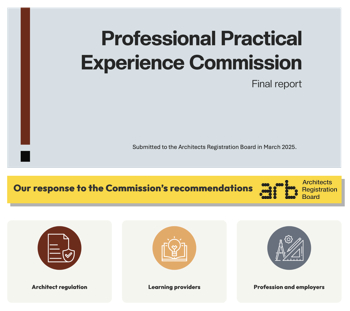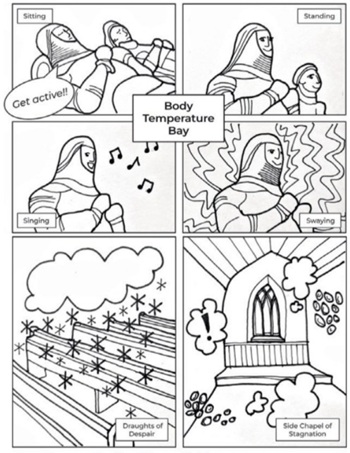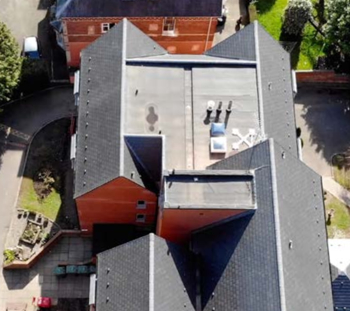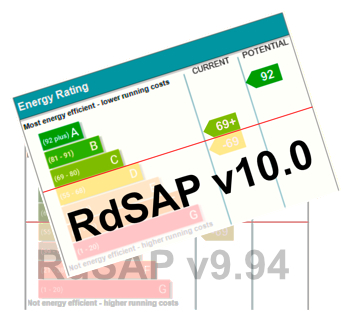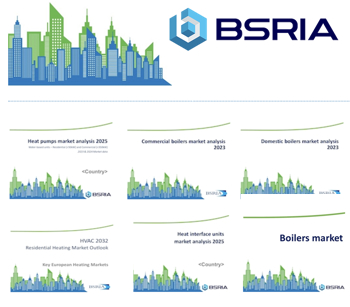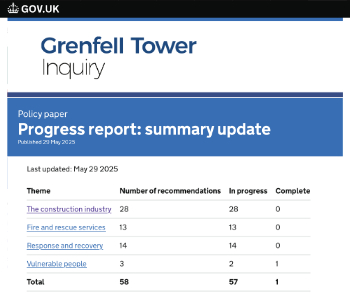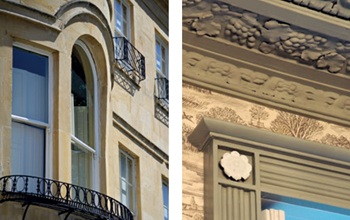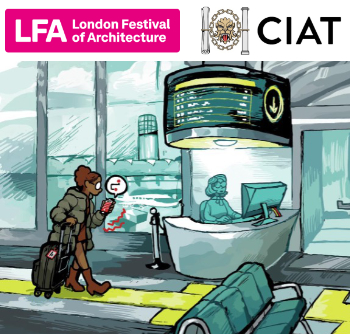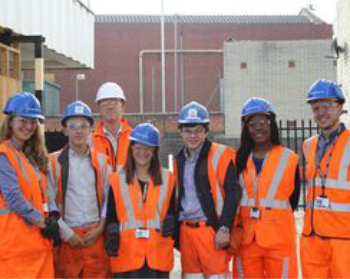Skyfarm
Rogers Stirk Harbour + Partners ‘Skyfarm’ is intended to combat global food shortages.
The bamboo-lined vertical ‘farm’ was created as a research project for the 2015 Milan Expo, and is intended to be located in urban areas where there is insufficient land or poor-quality soil.
The multi-storey tower structure has a rigid circular frame to maximise sun exposure and supports several layers of agricultural cultivation, as well as an aquaponics system. This enables the growth of crops and fish in a re-circulating process, meaning nutrients from fish waste feeds plants that in turn provide filters for the fish.
At ground level there is a market or restaurant to engage public interest, and an education space or social hub where all the growing parts of the tower are visible.
Above this is a large transparent tank where freshwater fish are farmed. In the middle of the structure, plants are grown in water rather than soil. An ‘aeroponic’ system sits nearer the top where plants are grown in a misty environment using minimal water and no soil. The very top of the tower houses water tanks and wind turbines.
The practice says, should the tower ever be built, it could be ‘easily scaled’ and a 10m high version could be constructed in a school, or an 80m version built in a larger urban area. It could also be adapted to warmer or colder climates. The upfront costs of Skyfarm are higher than standard industrial agriculture, but the structure allows year round production without air-freighting produce from other countries.
Rogers Stirk Harbour + Partners said: “By the year 2050, nearly 80% of the earth’s population will reside in urban centres. Over the same period of time, the earth’s population is expected to grow by an additional 3 billion people. If we continue to use traditional farming practices, it is believed that an area of land larger than Brazil will be needed to feed these additional people.”
Skyfarm has been awarded the Sustainability Prize at The Architectural Review MIPIM Future Projects Awards 2016.
Vertical farms have been planned in Seoul, Singapore and New Jersey.
Images and information courtesy of Rogers Stirk Harbour + Partners
--RSHP
[edit] Find out more
[edit] Related articles on Designing Buildings Wiki
- Centre Pompidou.
- Community energy network.
- Cooling tower design and construction.
- District energy networks.
- Engineered bamboo.
- Hex House project.
- Leadenhall Building.
- Lloyds of London.
- McArthurGlen Designer Outlet Ashford.
- One Hyde Park.
- RB12, Rio de Janeiro.
- Renewable energy.
- Rogers Stirk Harbour + Partners.
- Sustainability.
- The Mile.
- Y Cube.
Featured articles and news
Professional practical experience for Architects in training
The long process to transform the nature of education and professional practical experience in the Architecture profession following recent reports.
A people-first approach to retrofit
Moving away from the destructive paradigm of fabric-first.
International Electrician Day, 10 June 2025
Celebrating the role of electrical engineers from André-Marie Amperè, today and for the future.
New guide for clients launched at Houses of Parliament
'There has never been a more important time for clients to step up and ...ask the right questions'
The impact of recycled slate tiles
Innovation across the decades.
EPC changes for existing buildings
Changes and their context as the new RdSAP methodology comes into use from 15 June.
Skills England publishes Sector skills needs assessments
Priority areas relating to the built environment highlighted and described in brief.
BSRIA HVAC Market Watch - May 2025 Edition
Heat Pump Market Outlook: Policy, Performance & Refrigerant Trends for 2025–2028.
Committing to EDI in construction with CIOB
Built Environment professional bodies deepen commitment to EDI with two new signatories: CIAT and CICES.
Government Grenfell progress report at a glance
Line by line recomendation overview, with links to more details.
An engaging and lively review of his professional life.
Sustainable heating for listed buildings
A problem that needs to be approached intelligently.
50th Golden anniversary ECA Edmundson apprentice award
Deadline for entries has been extended to Friday 27 June, so don't miss out!
CIAT at the London Festival of Architecture
Designing for Everyone: Breaking Barriers in Inclusive Architecture.
Mixed reactions to apprenticeship and skills reform 2025
A 'welcome shift' for some and a 'backwards step' for others.







